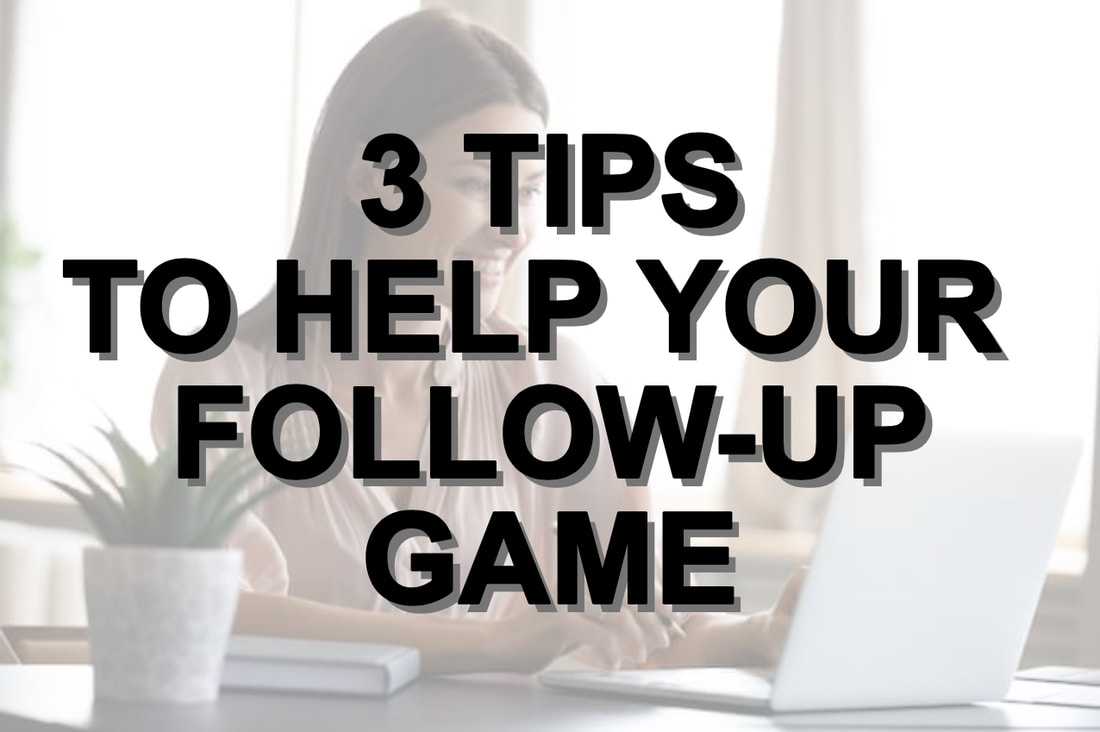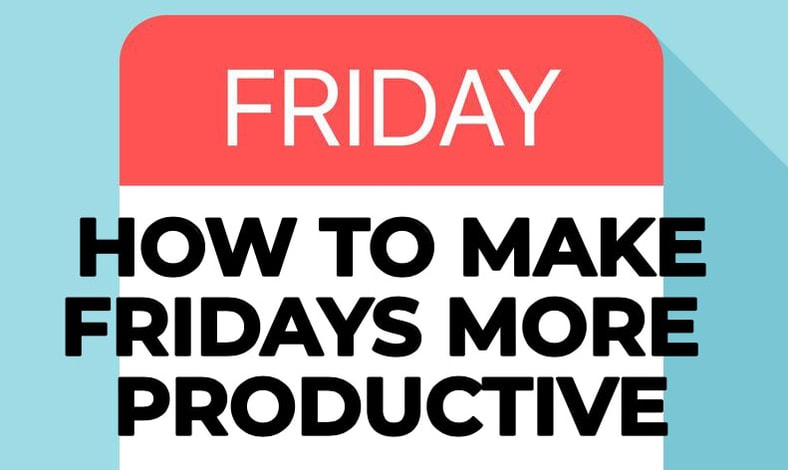Following up is a key element of success for insurance agents. Those who think that all is lost after one phone call that doesn’t end in a sale are sure to waste money on leads and in generating leads. Following up ensures continuity in any relationship and especially so in insurance.
The right follow-up strategy prevents clients from considering other options and jumping ship. It’s also an opportunity to determine if life changes mean that a client needs more insurance products or if they are eligible for any discounts. Make this relationship an honest one and it’ll stay strong. Neglect it, and it may be gone.
While there are many reasons to follow up with a client, unless you have truly developed a personal relationship with that person, you don’t want to over do it either. We have some tips below on how often and when to follow up with a lead. But first, make sure you’re buying the best quality insurance leads in the business. You deserve a high contact rate and the best chances of making a sale. Now, let’s take a closer look at when and how to follow up with a lead.
The Double-Tap Method
The double-tap method is to call the lead twice in a row if the lead doesn’t pick up the first time. Do you pick up the phone when you don’t know who it is? The first time you call, the lead sees a number they don’t recognize. They are likely to ignore it or let it roll over into voicemail. Don’t leave a message. Call a second time, and they are more likely to pick up thinking it’s not something to put off.
Treat the matter like it’s urgent, and you’ll get them a quote quicker. Remember that this person asked for a quote. Hardly ever are SmartFinancial leads bogus. But what often happens is that Internet generated leads are hoping everything will be done without even speaking with another human being. Obviously, that’s not how it works. So, now that you’ve established that making contact is most important, try the double-tap method to ensure contact. The rest is up to you.
Follow Up with a Quote
Follow up with an email and text that provides a quote. Always send the numbers. It’s not good to pussy foot around pricing when chances are they are looking for the lowest rate. You want to send the lowest pricing possible until you speak with the customer, just to get the lead on the phone. Pitch price, only at first, by quoting liability only, until you know what other coverages they will add on after you consult with them.
Don’t Stop
Keep all your appointments, be punctual and keep following up. if you have one fishing pole in the water, you can only get one fish, but if you have six poles in the water, you can get up to six fish. Put more poles in the water to sell more policies. Get your producers to follow up. You’ve got to keep calling and juggling the different touch points according to the follow-up procedures below.
Follow-Up Timeline and Best Practices
Week One:
Touch base four to six times. So that means you’re texting, emailing and calling. Utilize all touches for a week, and see which method the client prefers. It may seem like you’re going overboard spending that much time on one lead, but this is how it has to be if you want to make the sale.
Week Two:
Scale down to contacting the lead with two to three touches a day. Give them a little breathing room because more agents are contacting them by now.
Week Three:
Get ready to ramp back up because less agents are now calling the lead. You’re more likely to make contact now that the lead is not bombarded, and there’s a 60% closing ratio with these older leads. This is why you don’t want to ever lose touch with old leads. They still hold value after three weeks, a month.
After a Month:
You should be using a CRM to follow up on leads by now. If you aren’t, it’s time to make the investment. Put all your leads in the system and have an automatic dialer and producers call until you get a yes or no.
Ex-Dates:
If you know a lead’s policy is expiring, you should add that person to your CRM as an ex-date. There should be a file for clients whose policies haven’t expired yet. Call the lead two weeks before the ex date so you can take payment information and ensure that there’s no lapse in coverage. Sometimes, letters are required to cancel policy, so make sure to give the process adequate time.
Existing Clients:
Offer an insurance review before every renewal so you can have an in-depth conversation with your client to catch up and see what their new needs may be. Do they have a new child, a new home or new career? They may need new insurance lines for protection. You must check in with a thorough review.
New Clients:
It’s important to follow up after you’ve sold the policy to ask if the client got their ID and necessary paperwork. Ask the client if they have questions, be patient and courteous. Check in a month later and always before renewal a month in advance and do a full review. You never know what may have changed in a person’s life in six months.
Most importantly, remain persistent on leads, and don’t give up. As soon as you give up, someone else will close the sale.
.png?width=180&height=65&name=Untitled%20design%20(29).png)




